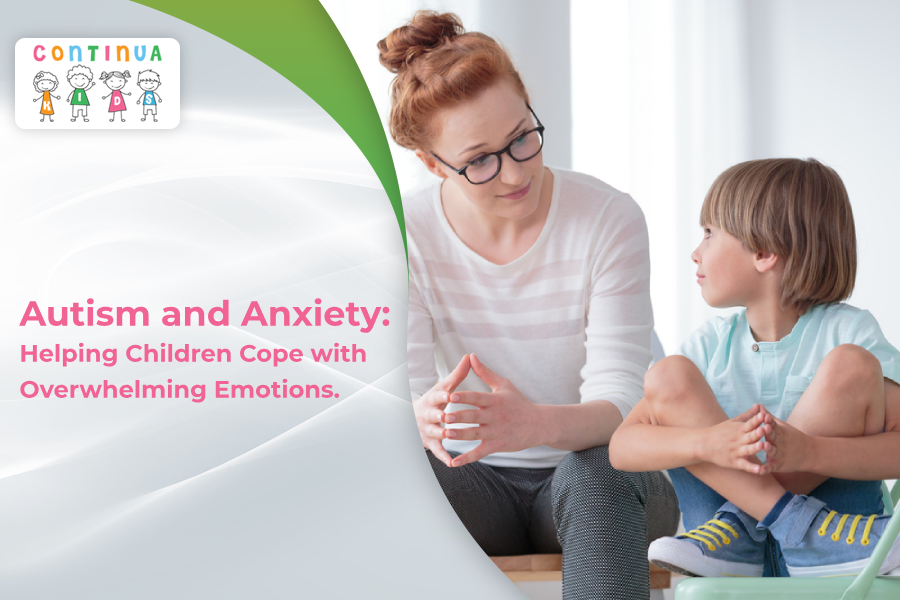- Unusual sleeping and waking schedules, such as staying up excessively late or getting up very early
- Sleeping considerably less than what’s anticipated at their age, or remaining awake for longer than an hour at night
- Getting up during the night and engaging in their preferred activity or making a lot of noise for a few hours.
The 9 Ways To Manage Sleep Problems in Child with ASD
-
Make your bedroom cozy.
A child with ASD typically desires a comfortable sleeping environment. As a result, if your child has an autism spectrum condition, their room should be at the ideal temperature. In addition, you can cool the environment to make your child feel comfortable if they are unable to handle the neutral heat of their bedclothes or covers.
-
Examine the bedding and pajama\’s textiles.
Many ASD kids find particular textiles and clothing details to be quite upsetting. Make sure the pajamas and bed clothes your child wears are composed of materials that, at the very least, do not make them uncomfortable and, at the very best, are soothing to them.
-
In the bedroom, lessen the amount of light.
Children who have trouble falling asleep may be disturbed by visual stimulation. Their bedroom should be kept dark to reduce visual stimulation and increase the generation of melatonin, a neurohormone that aids in sleep.
-
Reduce household noise
Most children with normal development (TD) are able to quickly shut out background sounds, particularly when they are sleepy. The TV, songs, the dishwasher, and other common household noises might overwhelm or otherwise distract children on the spectrum, making it difficult for them to feel sleepy or even feel weary.
-
A bedtime social story can be used.
Make a social story that explains the value of sleep and the signs that indicate it\’s time to sleep. To complement your story, be sure to use images.
-
Utilize a weighted blanket.
The deep pressure touch produced by the weighted blanket can help to calm your child and make the bedtime routine more appealing, even though a recent study reveals that they do not lengthen sleep or shorten the time it takes to fall asleep.
-
Create visual clues and a sleep ritual.
Create a relaxing bedtime routine with your child that you can follow every night. Avoid using electronic screens and keep it simple.
-
Utilize relaxation exercises
Include some relaxation exercises in the child\’s bedtime routine if you feel anxiety is the root of their sleep issues like Deep inhalation.
-
Teach your child to go to bed alone.
Many parents of autistic children develop the habit of lying down next to them while they sleep; this promotes their perception that they need to be close to you when they sleep. You are therefore essential both at bedtime and during a child\’s nighttime awakening. And neither of you will benefit from that. So, ensure that you teach your child to go to bed alone.
Autism spectrum disorders can be troubling for both you and your child. Expert pediatricians at Continua Kids can help you and your child gets the best care that ASD children require. We also have special therapies and sessions for parents with ASD.




